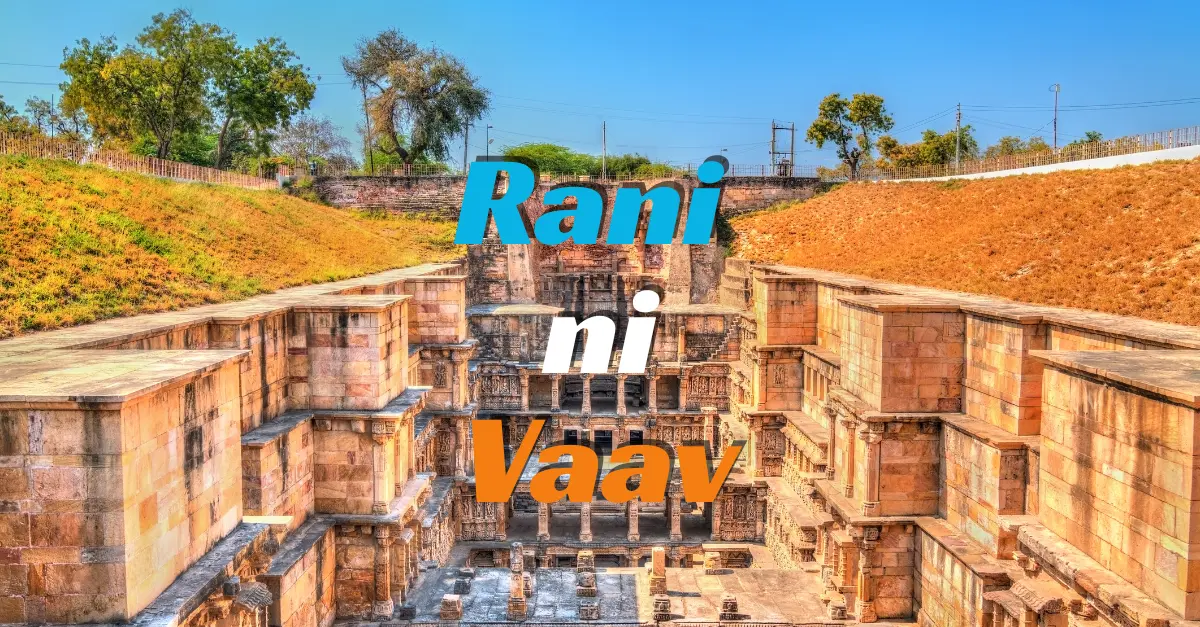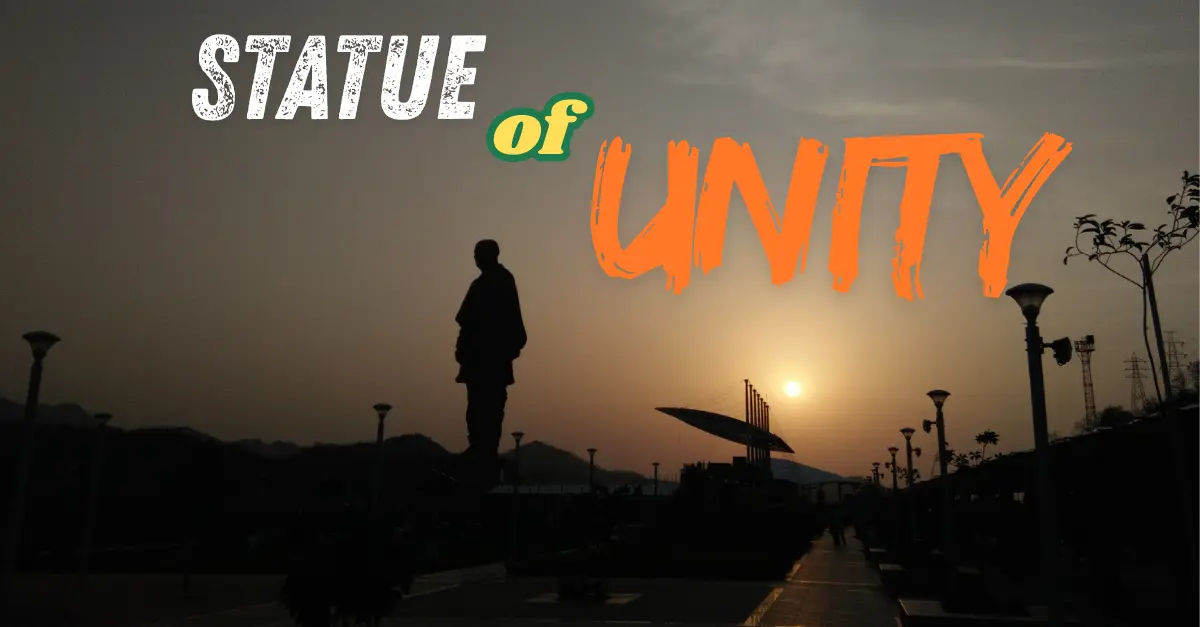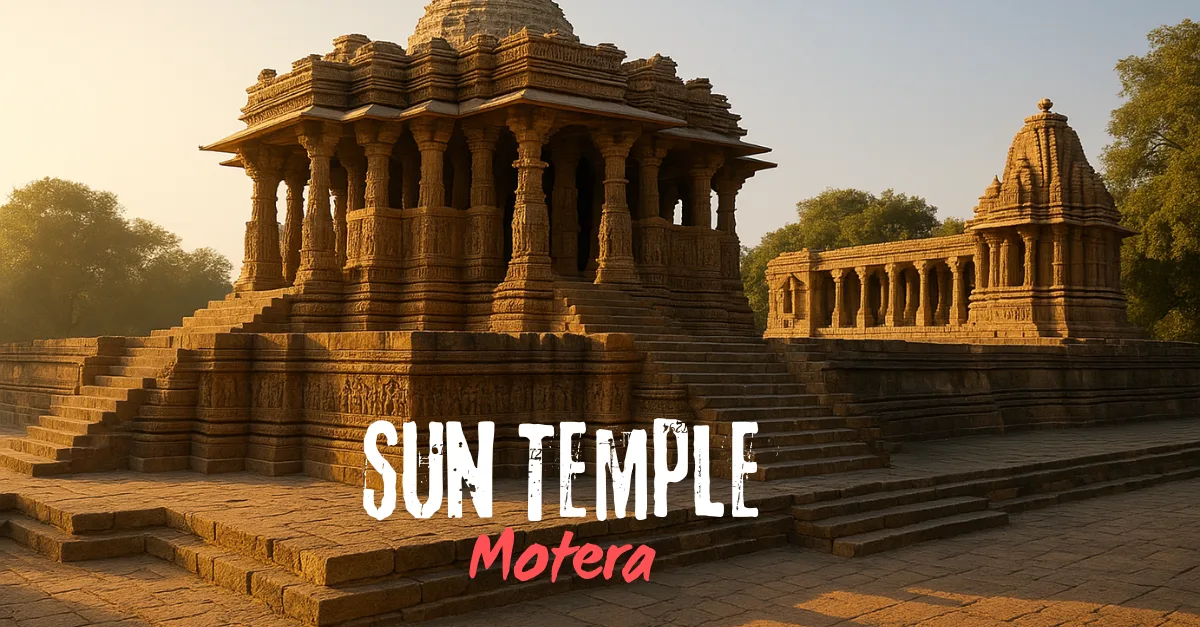Rani Ki Vav, also known as The Queen’s Stepwell, is a stunning example of ancient Indian architecture and engineering. Located in Patan, Gujarat, this magnificent structure is not only a functional water reservoir but also a symbol of love, devotion, and artistic excellence. Built in the 11th century by Queen Udayamati in memory of her husband King Bhima I of the Solanki dynasty, Rani Ki Vav has stood the test of time as one of the grandest stepwells in the world.
Recognized as a UNESCO World Heritage Site in 2014, Rani Ki Vav is often described as an “underground temple” dedicated to the sanctity of water. Every year, thousands of tourists, historians, and photographers visit this heritage site to marvel at its beauty, intricate carvings, and historical significance.
Historical Background
The history of Rani Ki Vav begins during the prosperous reign of the Solanki dynasty in Gujarat. Queen Udayamati commissioned this stepwell around 1063 AD after the death of King Bhima I. In ancient India, stepwells were essential for storing water, especially in the arid regions of Gujarat and Rajasthan.
Over the centuries, the Saraswati River flooded and silted over the stepwell, burying it under layers of mud and debris. This natural covering ironically helped protect the carvings from erosion. In the 1980s, the Archaeological Survey of India (ASI) undertook extensive excavation and restoration work, bringing this architectural jewel back to life.
Today, Rani Ki Vav is celebrated as one of the finest and most preserved stepwells in India.
Architectural Brilliance
Rani Ki Vav is often described as an inverted temple, with a design that descends underground through multiple tiers. It is about 64 meters long, 20 meters wide, and 27 meters deep, making it one of the largest and most elaborate stepwells ever built.
Seven Levels of Depth
The stepwell has seven levels of stairs leading to the water source at the bottom. Each level is decorated with sculptures, panels, and niches depicting scenes from Hindu mythology. The descent into the stepwell feels like a journey from the earthly realm into a sacred water sanctuary.
Intricate Stone Carvings
Over 1,500 stone sculptures adorn the walls and pillars of Rani Ki Vav. These carvings showcase Hindu deities like Vishnu, Shiva, Parvati, Lakshmi, and Brahma, as well as apsaras (celestial maidens) and mythological scenes from epics such as the Ramayana and Mahabharata.
One of the most famous carvings is of Lord Vishnu in his Dashavatara (ten incarnations) form. These sculptures reflect not only artistic mastery but also deep religious symbolism.
Symbolism and Function
While Rani Ki Vav was a practical water storage system, it also served as a spiritual site. Water has always held a sacred place in Indian culture, symbolizing life, purity, and renewal. The stepwell’s design reflects this philosophy, blending utility with devotion.
UNESCO World Heritage Status
In 2014, UNESCO declared Rani Ki Vav a World Heritage Site for its outstanding craftsmanship, historical significance, and architectural innovation. This recognition brought global attention to the site and placed it among India’s must-visit monuments.
Interestingly, Rani Ki Vav also appears on the ₹100 Indian currency note, highlighting its cultural importance in modern India.
Cultural Significance
Stepwells like Rani Ki Vav were not just sources of water—they were community hubs. People gathered here for religious ceremonies, festivals, and daily social interactions. Women often came to fetch water, and the shaded pavilions provided a cool escape from the intense summer heat.
The carvings in Rani Ki Vav go beyond decoration; they serve as storytelling mediums, preserving Hindu legends and traditions for future generations.
Best Time to Visit
The best time to visit Rani Ki Vav is between October and March, when the weather in Gujarat is cooler and more comfortable. Avoid visiting during peak summer, as temperatures can be extremely high.
If you can, plan your trip during the Rani Ki Vav Festival, held annually in December. The festival includes traditional dance performances, folk music, handicraft stalls, and authentic Gujarati cuisine, providing a vibrant cultural experience.
How to Reach
- By Air: The nearest airport is in Ahmedabad, about 125 km away. From there, you can hire a taxi or take a bus to Patan.
- By Rail: Patan Railway Station is well-connected to Ahmedabad and Mehsana, and it’s just 5 km from Rani Ki Vav.
- By Road: Patan is accessible by road from major cities in Gujarat. Regular buses and private taxis are available.
Travel Tips for Visitors
- Wear Comfortable Shoes – You’ll be walking and climbing stairs.
- Carry Sun Protection – Hats, sunglasses, and sunscreen are essential in sunny weather.
- Photography – The carvings make for incredible photos, so bring a good camera.
- Respect the Heritage – Avoid touching the carvings or littering.
- Hire a Guide – A local guide can explain the stories behind the sculptures.
Nearby Attractions
While in Patan, explore these nearby attractions:
- Sahasralinga Talav – An ancient artificial water tank.
- Patan Patola Heritage Museum – Showcasing the famous double-ikat Patola silk weaving.
- Modhera Sun Temple – A magnificent temple dedicated to the Sun God, located just 35 km away.
Why Rani Ki Vav is a Must-Visit
- Architectural Wonder – A unique blend of utility and artistry.
- Cultural Heritage – A living reminder of India’s glorious past.
- Photography Paradise – Perfect for history lovers and Instagram enthusiasts alike.
Conclusion
Rani Ki Vav is more than a monument—it’s a bridge between the past and the present. It tells a story of love, devotion, and community life in medieval India. Whether you are a history buff, architecture enthusiast, or casual traveler, a visit to Rani Ki Vav is an unforgettable experience.
From its intricate carvings to its remarkable design, this stepwell is a testament to the skill and creativity of India’s ancient builders. As you walk down its seven levels, you are not just exploring a water reservoir—you are stepping into a world where art, culture, and engineering unite in perfect harmony.






